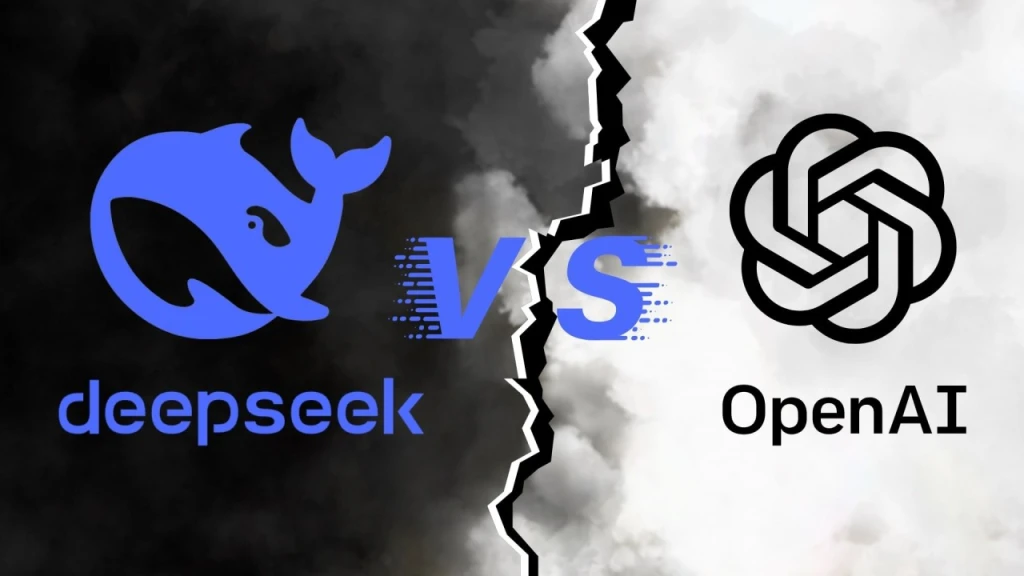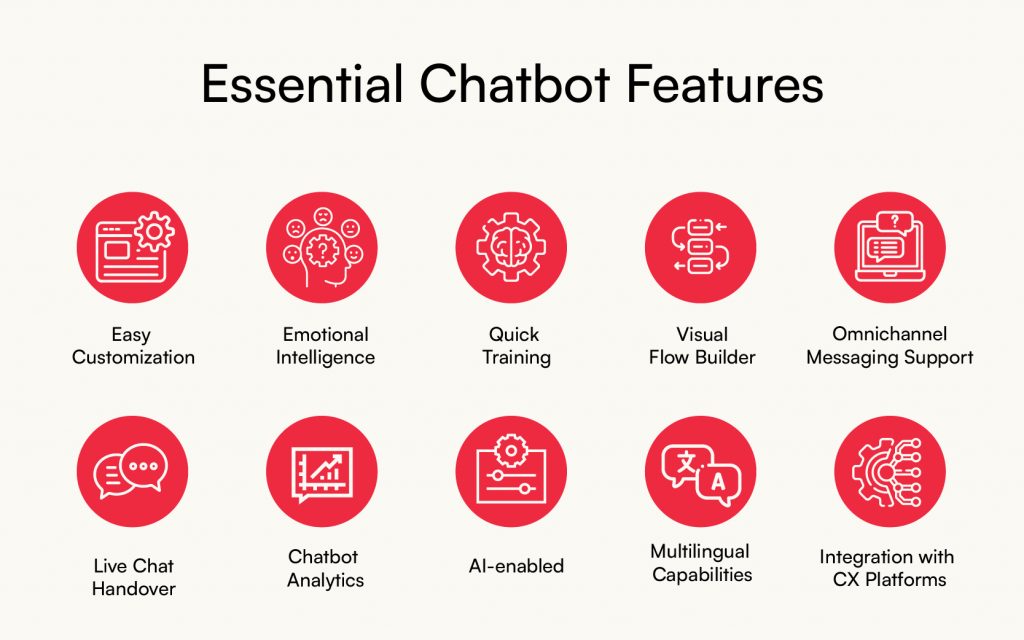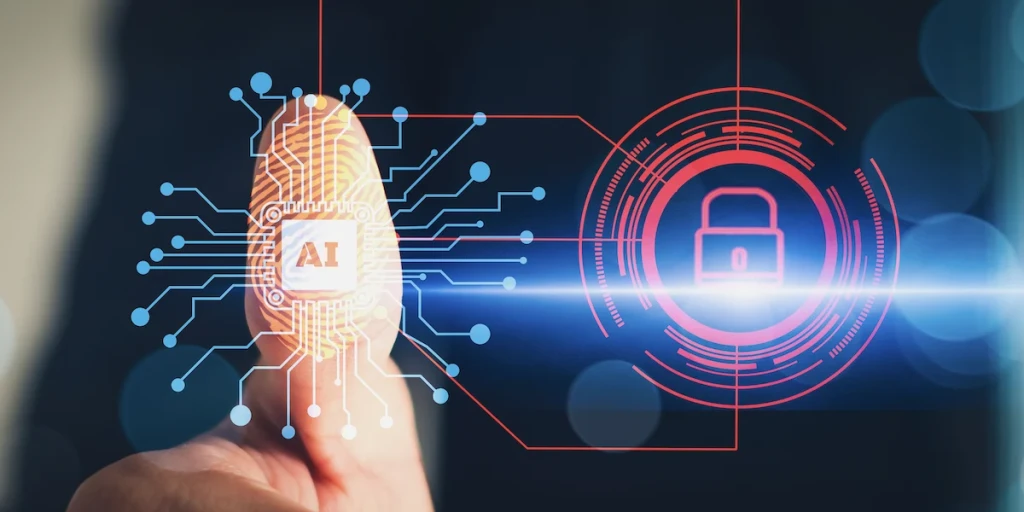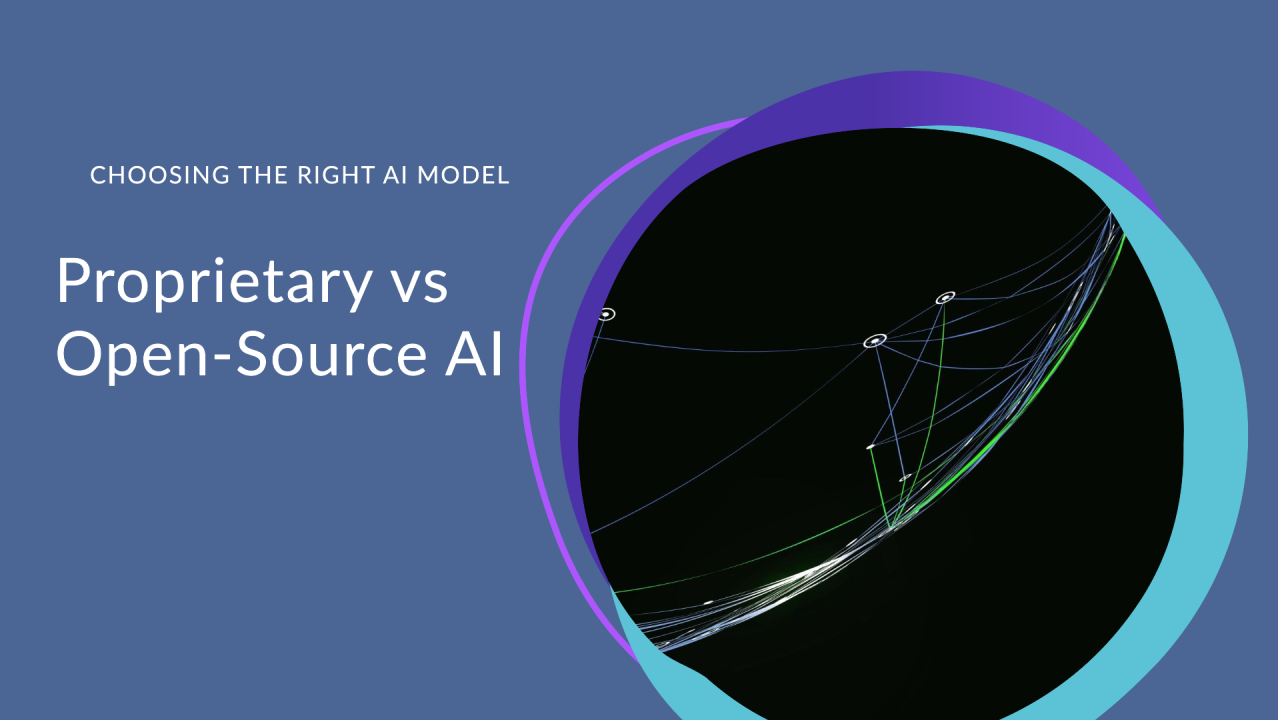Test AI on YOUR Website in 60 Seconds
See how our AI instantly analyzes your website and creates a personalized chatbot - without registration. Just enter your URL and watch it work!
1. Introduction: The Rise of AI Chatbots
This blog explores the evolution of AI chatbots, comparing ChatGPT, DeepSeek, and what the future holds for conversational AI.
2. The Evolution of AI Chatbots: From Simple Bots to Conversational AI
1. Early Rule-Based Chatbots
Early chatbots like ELIZA (1966) and ALICE (1995) relied on predefined scripts and keyword matching.
These bots struggled with understanding context and handling complex conversations.
2. Machine Learning and NLP-Powered Chatbots
AI models like IBM Watson and Google Assistant leveraged machine learning and NLP to improve responses.
These chatbots became more dynamic but still lacked deep contextual understanding.
3. The Breakthrough of Generative AI Chatbots
OpenAI’s GPT models introduced conversational AI with contextual memory and dynamic text generation.
AI chatbots became capable of handling diverse topics, coding, creative writing, and problem-solving.
3. Comparing ChatGPT vs. DeepSeek: Strengths and Limitations
1. ChatGPT: Versatile and Context-Aware AI
Developed by OpenAI, ChatGPT is optimized for general conversation, creative tasks, and contextual memory.
Strengths:
✅ Natural language fluency and adaptability.
✅ Strong contextual retention in extended conversations.
✅ Great for writing, brainstorming, and engaging discussions.
Limitations:
⚠️ Sometimes generates hallucinated or incorrect responses.
⚠️ May struggle with complex logic-based problem-solving.
2. DeepSeek: Logical, Structured, and Precision-Focused AI
DeepSeek specializes in structured responses, problem-solving, and factual accuracy.
Strengths:
✅ More reliable in mathematical and technical queries.
✅ Stronger logical reasoning and factual consistency.
✅ Excels in long-form, structured discussions.
Limitations:
⚠️ Less adaptable to open-ended, creative conversations.
⚠️ Can be rigid in handling ambiguous or casual prompts.
4. Key Innovations Shaping the Future of AI Chatbots
1. Enhanced Conversational Memory and Personalization
Future chatbots will remember user preferences and provide personalized recommendations.
AI will enable more context-aware conversations across multiple interactions.
2. AI-Powered Multimodal Chatbots
Chatbots will process text, voice, images, and video simultaneously.
AI will support real-time voice interactions, visual recognition, and cross-platform integration.
3. Real-Time AI Assistance in Professional Fields
AI will assist in healthcare, law, finance, and business decision-making.
AI-driven virtual assistants will enhance workflows, project management, and research.
4. Ethical AI and Explainability
AI transparency will improve accountability and trust in chatbot interactions.
AI governance will focus on reducing bias, improving accuracy, and ensuring ethical AI deployment.
5. The Future of Conversational AI: What’s Next?
1. AI-Powered Augmented Reality (AR) Chatbots
Chatbots will integrate with AR devices to provide immersive AI-driven assistance.
AI will enable real-time language translation, virtual shopping assistants, and interactive education.
2. Emotionally Intelligent AI Assistants
Future AI models will detect emotions, tone, and sentiment in conversations.
Emotion-aware AI will enhance mental health support, counseling, and virtual companionship.
3. Hybrid AI-Human Collaboration
AI chatbots will work alongside human agents to enhance customer support and enterprise solutions.
Businesses will deploy hybrid AI-human chatbots for seamless automation with human oversight.
6. Conclusion: The Next Generation of AI Chatbots
As AI chatbots continue to advance, the future will bring more personalized, multimodal, and emotionally intelligent AI assistants that seamlessly integrate into our daily lives and professional environments. The next frontier of AI is not just about responding—it’s about truly understanding, reasoning, and assisting humans in new and meaningful ways.





